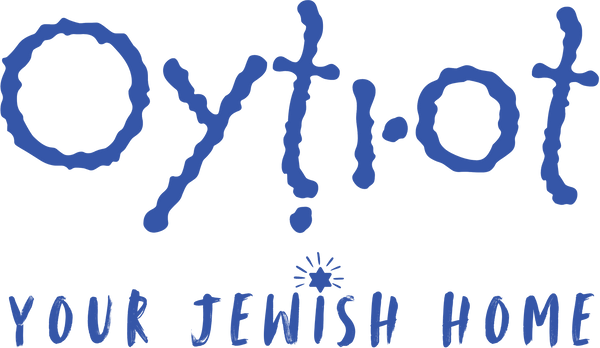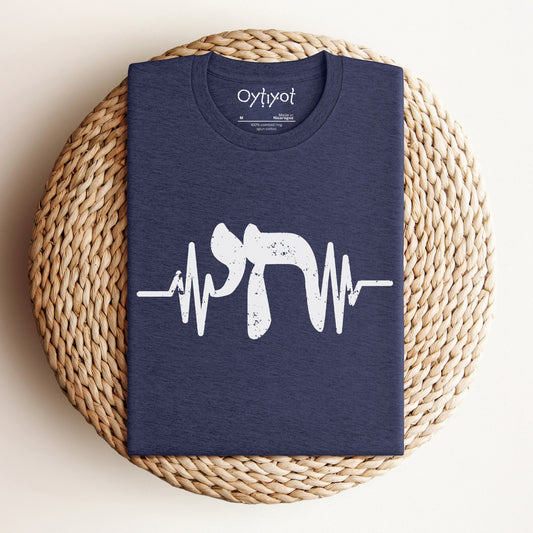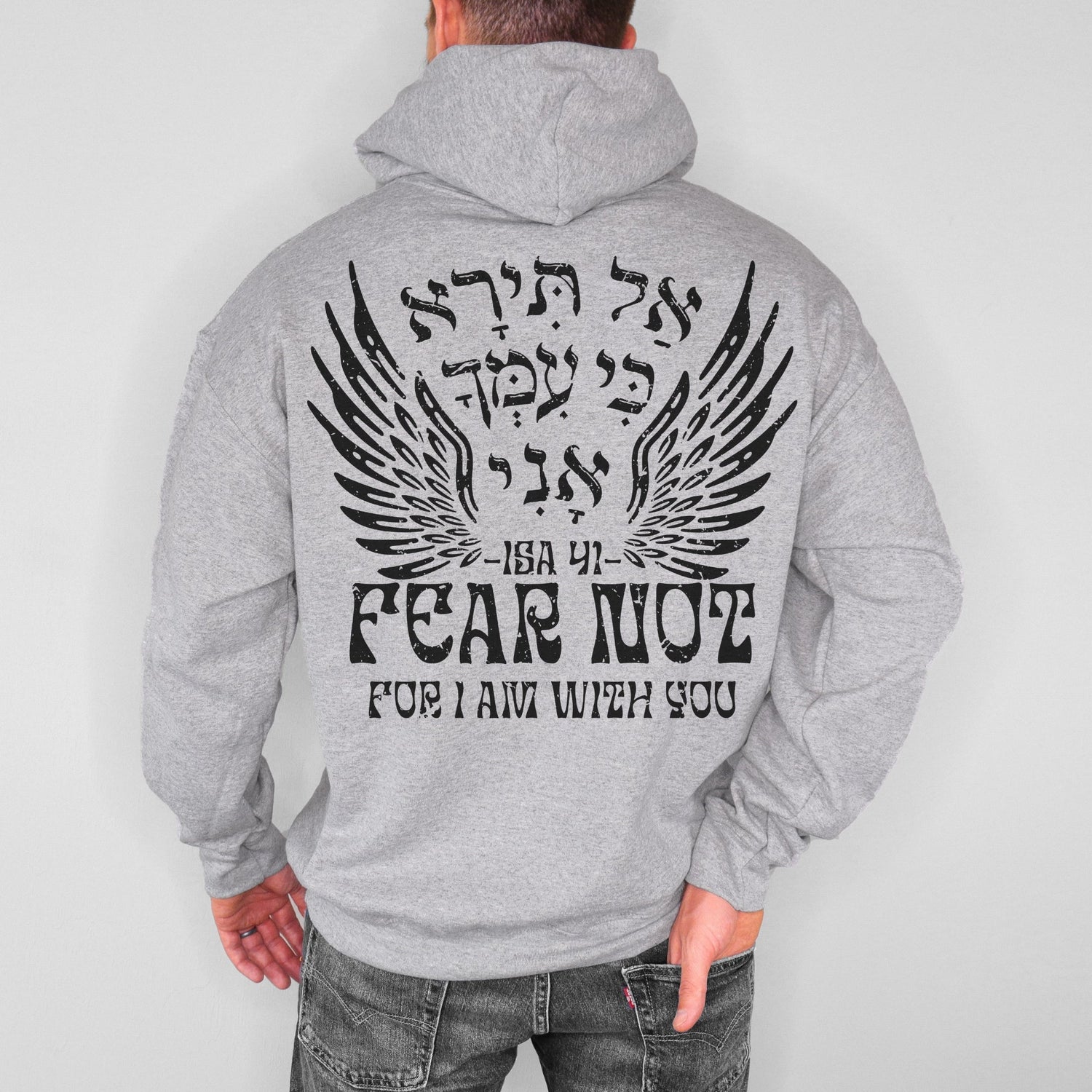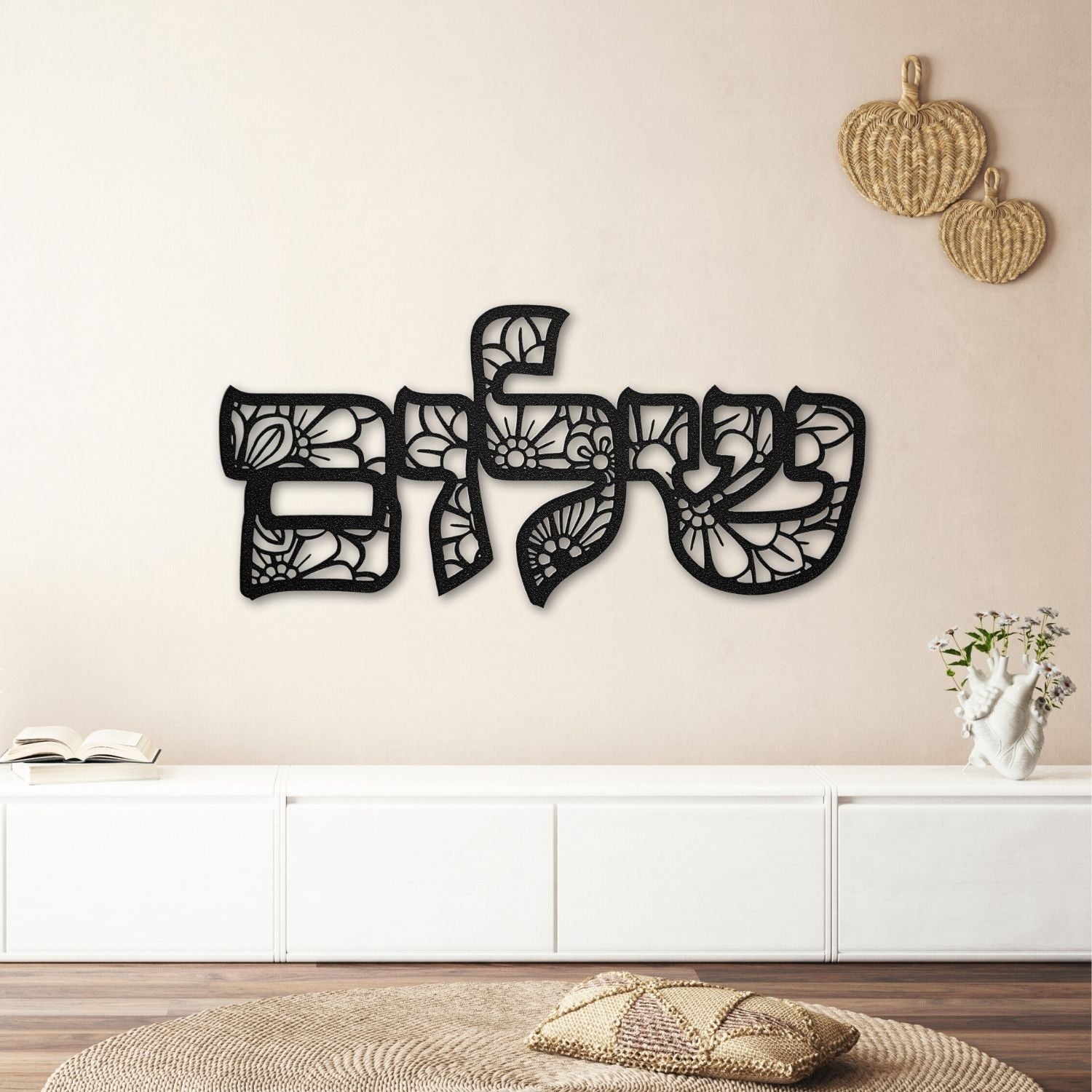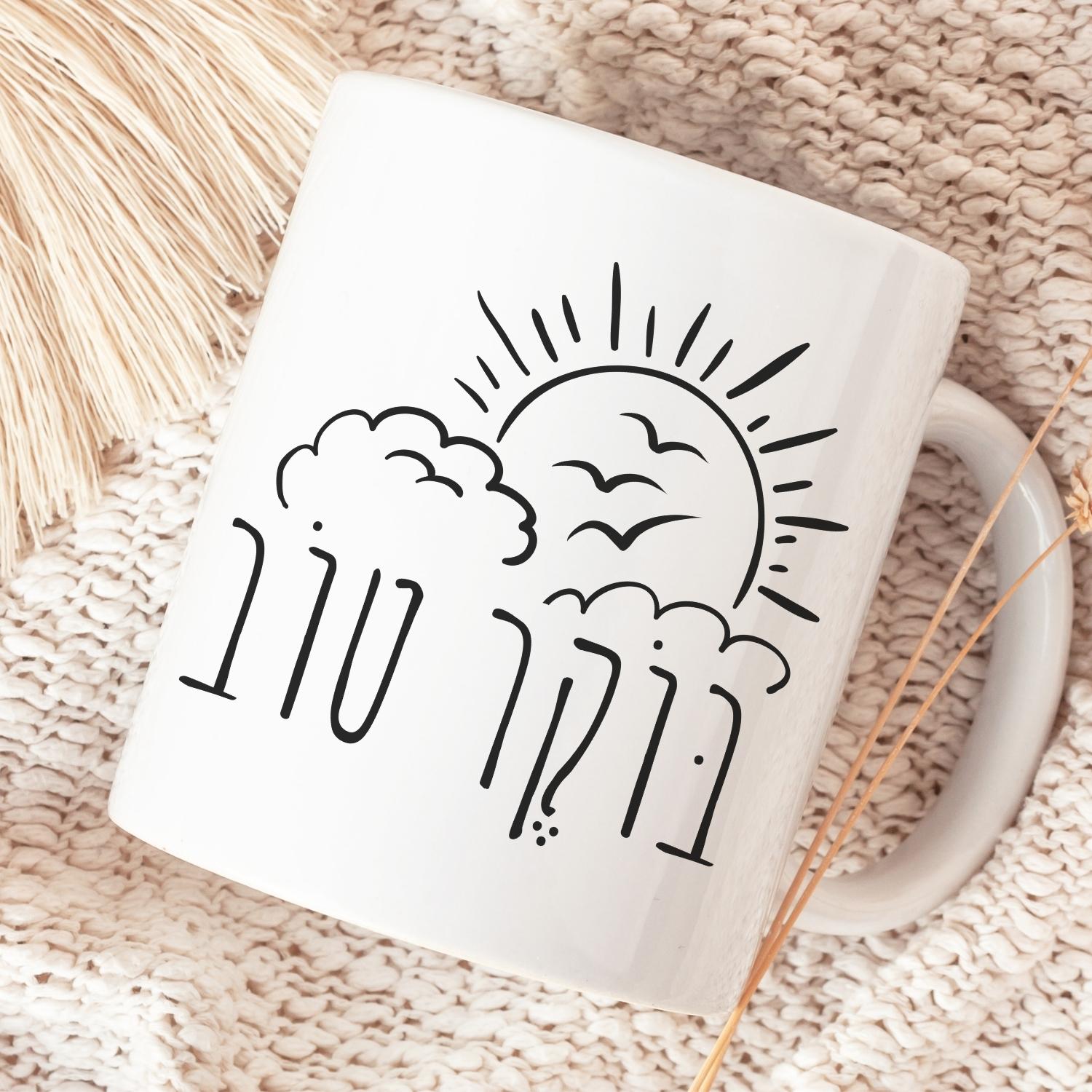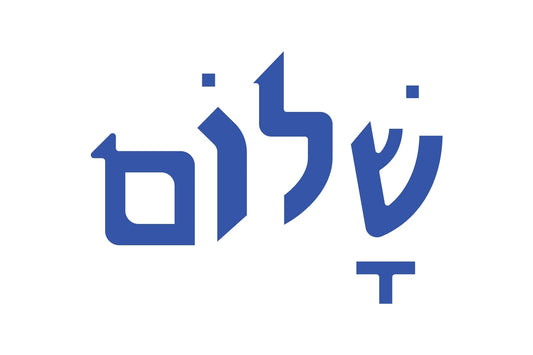✡️ What Does “Chai” Mean?
✡️ Chai – The Word That Breathes Life Into Jewish Identity
In just two simple Hebrew letters - ח and י - the word Chai (חי) holds a universe of meaning. From Torah scrolls to tattoos, from Bar Mitzvah envelopes to celebrity necklaces, Chai has transcended language, time, and geography to become one of the most powerful words in Jewish culture.
But how did this ancient word come to symbolize life, blessing, luck, and continuity for so many generations? And why does the number 18, tied to this word, hold so much weight in Jewish tradition?

“‘Choose life, so that you and your children may live.’ — Deuteronomy 30:19. At the heart of Jewish life is one word: Chai.”
📖 The Biblical Roots of “Chai”
The Hebrew word חי literally means “alive” or “living”. Its root appears throughout the Bible in words like חיים (chayim) – “life,” and חיה (chaya) – “living creature.”
One of the earliest and most powerful uses of the root חי is in Genesis 2:7, when the Torah describes the moment G-d breathed life into Adam:
“Then the LORD God formed man from the dust of the earth. He blew into his nostrils the breath of life, and man became a living being.”
— Genesis 2:7
The phrase, “nefesh chaya” (a living soul), uses the same root as Chai.
Later, in Leviticus 18:5, the Torah gives one of the clearest Jewish statements about life and commandments:
“You shall keep My statutes and My laws, which a person shall do and live by them.”
This verse became the basis for the concept of “pikuach nefesh” - the idea that preserving life overrides nearly all other Jewish laws, even the most sacred ones like "Shmirat Shabbat" (keeping the shabbat).
🔢 Gematria: Why Chai = 18

![]()
In Hebrew, each letter has a numerical value - a mystical system known as gematria.
-
Chet (ח) = 8
-
Yud (י) = 10
-
Total = 18
Because of this, 18 became the numeric embodiment of life itself.
This is why Jews often give gifts and donations in multiples of 18 — “giving Chai” is a way of giving life. You’ll see this custom everywhere: at weddings, fundraisers, bar mitzvahs, or even in random acts of tzedakah.
It’s also why many Jewish organizations structure their donation tiers with creative names like Double Chai ($36), Triple Chai ($54), and so on.
🕍 “Chai” in Jewish Mysticism and Daily Ritual

In Jewish mysticism (Kabbalah), letters are seen not just as tools of communication, but as vessels of divine energy. Chai, with its strong, sharp “chet” and its upward, almost reaching “yud,” is seen as an energetic word - not static, but vibrant and in motion.
In the daily Jewish blessing known as the Amidah, there were originally 18 blessings (later expanded to 19). But the number 18 stuck, and it’s still often referred to as the Shemoneh Esrei, or "Eighteen."
In Jewish toasts, we say: “L’Chaim!” — To Li1fe! — not to wealth, not to success, not even to health. The focus is simply on being alive! That in itself is sacred.
✡️ The Rise of Chai Jewelry and Cultural Symbols
In the 20th century, especially post-Holocaust, Chai took on a new level of significance. It became a visual and wearable statement: I am here. I am alive. We are still here.
From necklaces to mezuzah scrolls, the symbol of Chai is found in Jewish homes and hearts around the world. For Holocaust survivors, it was a symbol of hope. For young Jews today, it’s often a badge of identity.
Chai in Pop Culture:
-
Elvis Presley famously wore a Chai necklace along with a cross — an unusual but iconic gesture that sparked curiosity.
-
Drake, one of the most famous Jewish rappers, has been seen wearing a gold Chai pendant on stage.
-
Robert Downey Jr. wore a Chai necklace to the Golden Globes — a subtle nod to his Jewish roots through his father.
-
Jewish athletes, influencers, and artists continue to display Chai as a proud cultural marker — not just of religion, but of resilience.
📅 Chai in Modern Life and Everyday Moments
Chai isn’t just ancient mysticism or Hollywood fashion. It’s woven into daily Jewish life in meaningful ways:
💌 Gifting & Celebration
-
It’s common to give monetary gifts in multiples of 18 for Jewish milestones like Bar/Bat Mitzvahs or weddings.
-
Fundraisers often center their campaigns around 18-based goals — “Give Life” campaigns are built into many Jewish charitable platforms.
💡 Naming and Identity
-
The names Chaim (male) and Chaya (female) are classic Jewish names that mean “life.”
-
Many families give these names to children born after tragedies, as a way of affirming the continuity of life.
🎉 Everyday Language
-
Phrases like “Am Yisrael Chai” (“The Nation of Israel Lives”) are chanted at rallies and celebrations, a rallying cry of survival and strength.
-
“L’Chaim” remains a toast not just of celebration, but of perspective — that no matter what, life itself is worth honoring.
🛍️ Chai as a Design: Symbol You Can Wear
In our shop, we’ve created a number of pieces inspired by the word Chai - not just because it’s trendy, but because it carries deep spiritual and cultural significance.
Whether it’s on a:
-
Washed t-shirt with bold Hebrew typography
-
Minimalist hoodie with a vintage touch
-
Framed wall print for your home
-
Or a gift for a loved one going through a tough time
Each item is designed in Israel and made in the US - and carries the timeless message:
“You are alive. This moment matters.”
-
